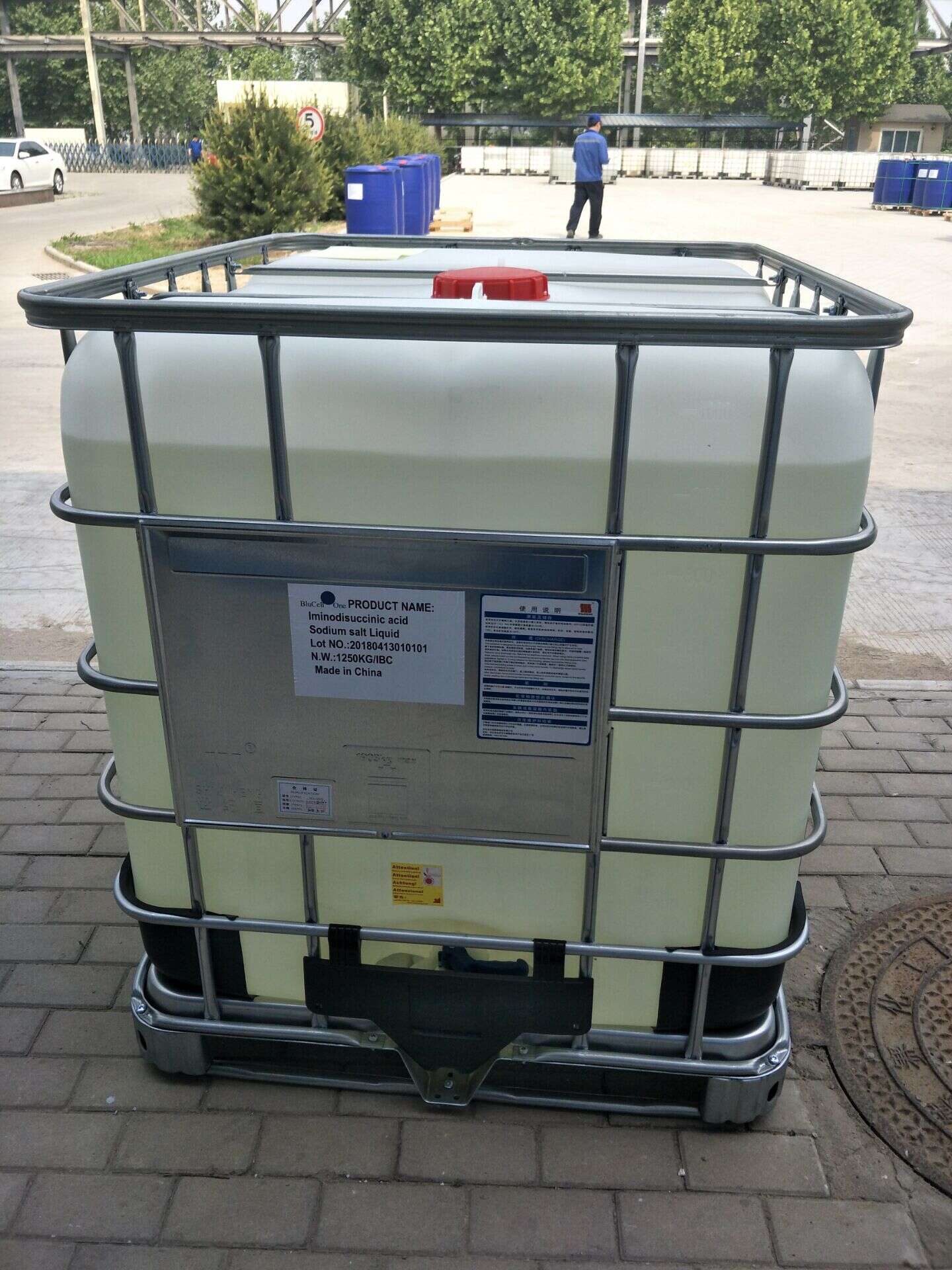-
Categories
-
Pharmaceutical Intermediates
-
Active Pharmaceutical Ingredients
-
Food Additives
- Industrial Coatings
- Agrochemicals
- Dyes and Pigments
- Surfactant
- Flavors and Fragrances
- Chemical Reagents
- Catalyst and Auxiliary
- Natural Products
- Inorganic Chemistry
-
Organic Chemistry
-
Biochemical Engineering
- Analytical Chemistry
-
Cosmetic Ingredient
- Water Treatment Chemical
-
Pharmaceutical Intermediates
Promotion
ECHEMI Mall
Wholesale
Weekly Price
Exhibition
News
-
Trade Service
Texas is the number one state in the United States for wind power capacity, and it is well ahead of Iowa in second place
.
Currently, the total wind capacity of Texas is close to 31 GW
.
Texas also has about 6,751 megawatts of installed solar capacity
, according to the Solar Energy Industries Association.
Although Texas may be broadly associated with fossil fuels, the state is doing well
with renewable energy.
The Texas Electric Reliability Commission ERCOT, a grid operator serving 90 percent of Texas, added nearly 1,700 MW of solar by 2020, but could add another 9,000 MW by 2021 if all late-stage development projects are completed on time, of which more than 2,200 MW have been approved for grid-connected generation in 2021
.
In 2020, the EROCT grid added 1,250 megawatts of new wind capacity, but the state will add more than 10 GW of wind capacity
by 2021.
Economic viability, broader laws and regulations, and social value are the main factors
contributing to the growth of clean energy in the region.
Texas has abundant wind and solar power resources, which means that the utilization rate of wind farms and solar power plants is high, which also means that the cost is relatively low
.
Texas is the number one state in the United States for wind power capacity, and it is well ahead of Iowa in second place
.
Currently, the total wind capacity of Texas is close to 31 GW
.
Texas also has about 6,751 megawatts of installed solar capacity
, according to the Solar Energy Industries Association.
Although Texas may be broadly associated with fossil fuels, the state is doing well
with renewable energy.
The Texas Electric Reliability Commission ERCOT, a grid operator serving 90 percent of Texas, added nearly 1,700 MW of solar by 2020, but could add another 9,000 MW by 2021 if all late-stage development projects are completed on time, of which more than 2,200 MW have been approved for grid-connected generation in 2021
.
In 2020, the EROCT grid added 1,250 megawatts of new wind capacity, but the state will add more than 10 GW of wind capacity
by 2021.
Economic viability, broader laws and regulations, and social value are the main factors
contributing to the growth of clean energy in the region.
Texas has abundant wind and solar power resources, which means that the utilization rate of wind farms and solar power plants is high, which also means that the cost is relatively low
.






